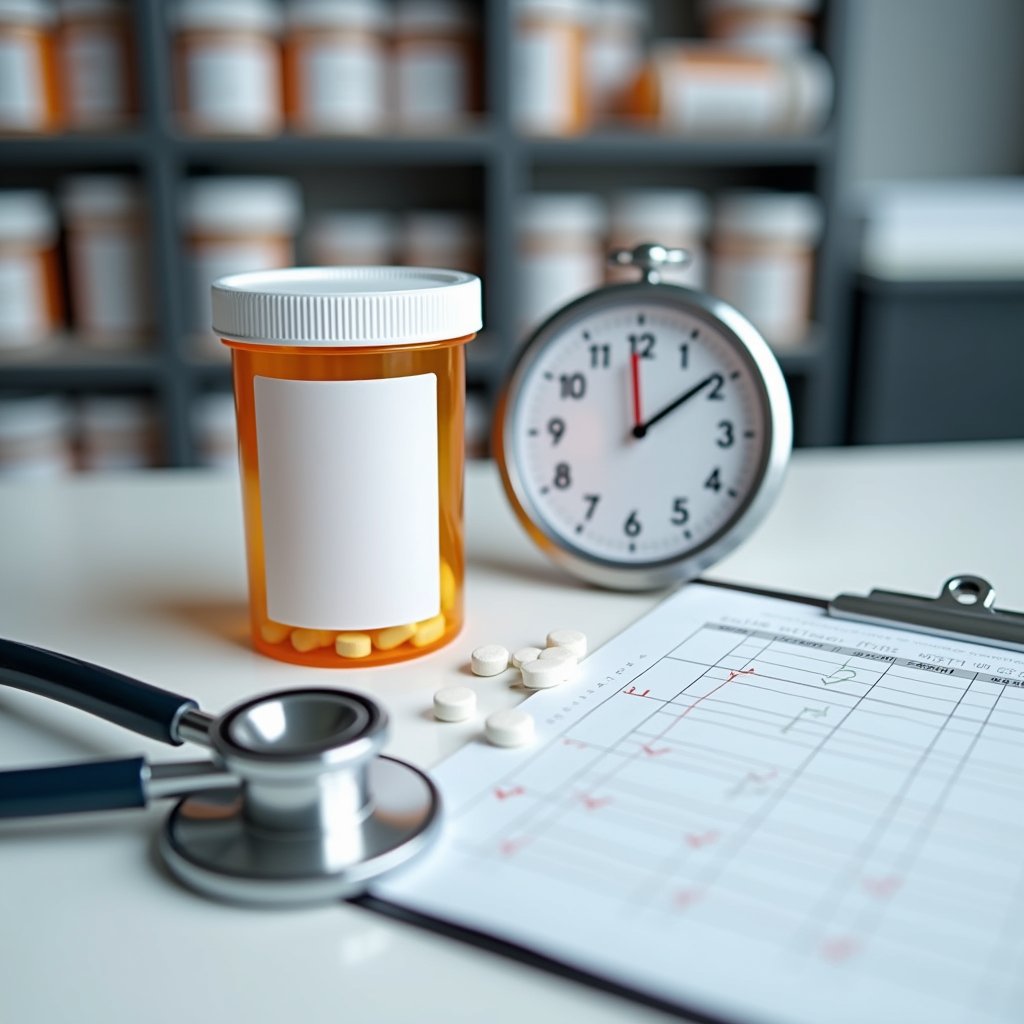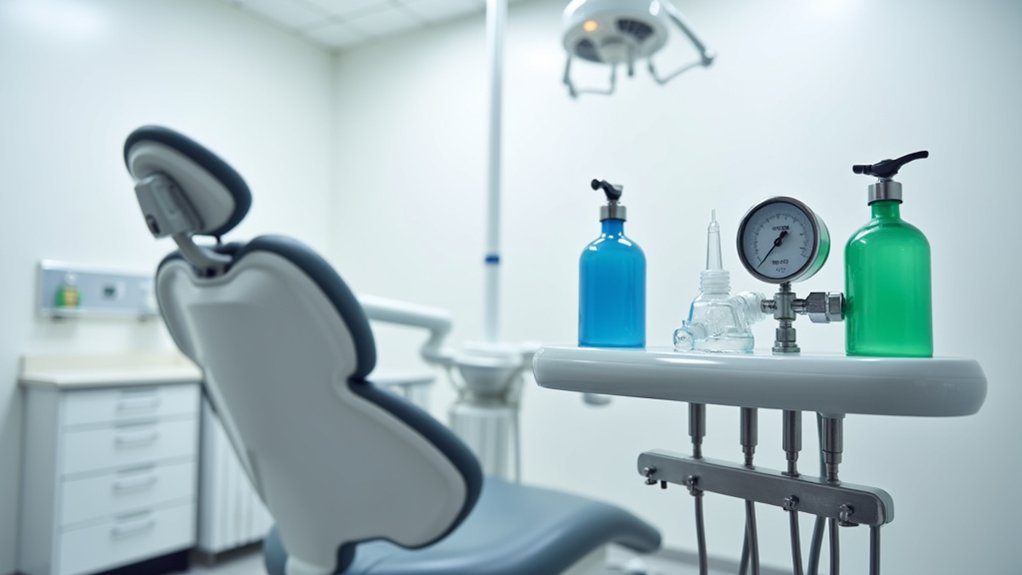When selecting a substance abuse program, you’ll want to verify the facility’s credentials through CADTP and DHCS approval initially. Next, evaluate their treatment approaches, ensuring they offer evidence-based options that match your needs. Consider the staff’s expertise, facility resources, and 24/7 support availability. Review success metrics and client testimonials, then research insurance coverage and payment options. Understanding these key steps will lead you to a thorough program that supports your recovery path.
Evaluating Program Credentials and Certifications

When selecting a substance abuse treatment program, understanding the required credentials and certifications guarantees you’re choosing a qualified provider that meets California’s rigorous standards.
Look for programs approved by CADTP and DHCS, confirming they meet core credential validity requirements.
Seek treatment programs with CADTP and DHCS approval to ensure they maintain essential credentialing standards for quality care.
Programs should maintain proper documentation for 2,240 clinical hours as required for CATC certification eligibility.
InterCoast Colleges offers BPPE-approved training that meets state educational standards.
The program must include supervised practicum training with 45 hours of mandatory placement class.
Verify that the program offers the mandatory 24 semester units covering essential topics like pharmacology, intervention methods, and co-occurring disorders.
You’ll want to confirm their certification requirements align with DHCS standards, including proper documentation and monitoring protocols.
Check that the program’s staff holds appropriate CADC credentials matching their roles, whether entry-level counselors or clinical supervisors.
Moreover, verify the program maintains proper supervised training protocols and meets the required 315 hours of structured SUD-specific coursework for ongoing certification compliance.
Understanding Available Treatment Models and Approaches

Now that you’ve confirmed program credentials, selecting the right treatment model can shape your recovery path. You’ll find several evidence-based options, each offering unique benefits.
Behavioral therapies like MET/CBT focus on developing coping skills and addressing emotional triggers, while community models emphasize peer support and cost-effective treatment. Utilizing collaborative care models helps address both behavioral and physical health conditions simultaneously. Scientific research shows that treatment matching is crucial for achieving optimal recovery outcomes.
Traditional 12-Step programs provide structured recovery principles through the Minnesota Model, but you might prefer alternative approaches that prioritize client empowerment and behavioral self-management.
Many modern facilities offer hybrid treatments, combining clinical interventions with social support networks and customized care plans.
Consider your personal needs, beliefs, and circumstances when choosing between these models. Some programs integrate multiple approaches, allowing you to benefit from both professional therapy and peer support in an all-encompassing treatment framework.
Assessing Staff Expertise and Facility Resources

Evaluating a facility’s staff expertise and available resources plays an essential role in your treatment success. When reviewing programs, verify they maintain proper staff training across multiple disciplines, including physicians, nurses, counselors, and peer support specialists.
You’ll want to confirm they meet minimum requirements for medical coverage and therapeutic hours.
Look for facilities that demonstrate strong resource allocation through their 24/7 staffing patterns, crisis response protocols, and evidence-based programming. The best programs offer at least 36 hours of structured therapeutic activities weekly and maintain partnerships with aftercare providers.
They’ll also have clear safety protocols and specialized staff for different treatment approaches, including medication-assisted treatment and trauma-informed care. Don’t hesitate to ask about staff credentials and their experience with your specific needs.
Reviewing Client Support Services and Success Metrics
Selecting a treatment program that delivers measurable results requires careful examination of their success metrics and support services. Look for facilities that maintain thorough outcome tracking across multiple dimensions, including sobriety rates, engagement levels, and post-treatment success indicators. Given that 40-60% relapse rates are common in addiction recovery, programs should demonstrate clear strategies for preventing and managing potential setbacks. The most effective programs incorporate evidence-based practices to validate their treatment approaches and continuously improve outcomes. A comprehensive program prioritizes client-centered assessments to ensure treatment plans align with individual goals and needs.
Key Metrics vs. Support Services
| Assessment Area | What to Review |
|---|---|
| Success Rates | 30/90-day and 1-year sobriety data |
| Retention | Program completion percentages |
| Aftercare | Available post-treatment resources |
| Client feedback | Satisfaction scores and testimonials |
You’ll want to evaluate how the program measures progress through standardized assessments and tracks long-term recovery outcomes. Consider whether they offer extensive aftercare services, including relapse prevention counseling, housing assistance, and ongoing mental health support. Programs with strong client feedback and documented success rates typically indicate better treatment outcomes.
Researching Financial Options and Insurance Coverage
Understanding how to fund substance abuse treatment plays a crucial role in accessing quality care. Start by contacting your insurance provider to verify coverage for substance use disorder treatment, including specific details about copays, deductibles, and in-network providers. Most plans cover essential behavioral health services under the ACA, though coverage levels vary. Medical necessity will be evaluated by insurance companies in partnership with treatment providers to determine appropriate coverage levels.
If you’re facing financial challenges, investigate financial assistance options through Medicaid, state grants, or non-profit organizations. Many treatment centers offer sliding-scale fees or payment plans, while some provide scholarship opportunities. Community resources can offer additional support for individuals without insurance coverage.
Don’t forget to check if your employer’s EAP offers counseling services. During coverage verification, ask about pre-authorization requirements and treatment duration limits.
Frequently Asked Questions
How Long Should I Expect to Stay in a Substance Abuse Program?
Your treatment duration will vary based on your specific needs, but most program types range from 30 to 90 days.
You’ll likely start with a 7+ day detox period before beginning your main treatment.
While 30-day programs offer basic recovery skills, you might benefit more from longer stays of 60 or 90 days, which provide deeper healing and better long-term outcomes.
Can My Family Visit Me During Residential Treatment?
Yes, you’ll typically be able to receive family visits during residential treatment, though visitation policies vary by facility.
Most programs initially restrict visits for 2-4 weeks while you adjust to treatment. Once approved, your immediate family can visit during designated hours.
Family support is considered essential to recovery, but programs carefully manage visits to protect your progress. Your treatment team will work with you to establish appropriate visitation schedules.
What Happens if I Relapse During the Treatment Program?
If you experience a relapse during treatment, don’t view it as a failure.
It’s a common part of recovery that signals you need adjusted support. Your treatment team will work with you to strengthen your relapse prevention plan and develop better coping strategies.
They’ll help identify what triggered the relapse and modify your treatment approach accordingly.
You’ll receive supplementary counseling, potentially adjusted medications, and improved support to get back on track with your recovery path.
Are Personal Electronic Devices Allowed During Treatment?
Device usage policies vary between treatment facilities, but you’ll typically have restricted access to your personal electronics.
Most centers allow limited phone time during designated hours while prohibiting social media during treatment sessions.
You’ll need to follow specific treatment rules about when and how you can use devices.
If you’re in an executive program, you may receive extra privileges for work-related technology use.
Always check your facility’s specific policies.
Can I Continue Working While Attending Substance Abuse Treatment?
Yes, you can continue working while getting treatment.
Many programs offer flexible options to help you maintain work-life balance, including evening sessions, outpatient care, and employer-supported arrangements.
Your treatment team can work with you to find a schedule that fits your needs while ensuring effective care.
If you’re currently employed, be aware that federal law protects your right to seek treatment, and many employers offer support through Employee Assistance Programs.






